subscribe to our Newsletter
Beginner's Guide to Cabinet Hinge Types
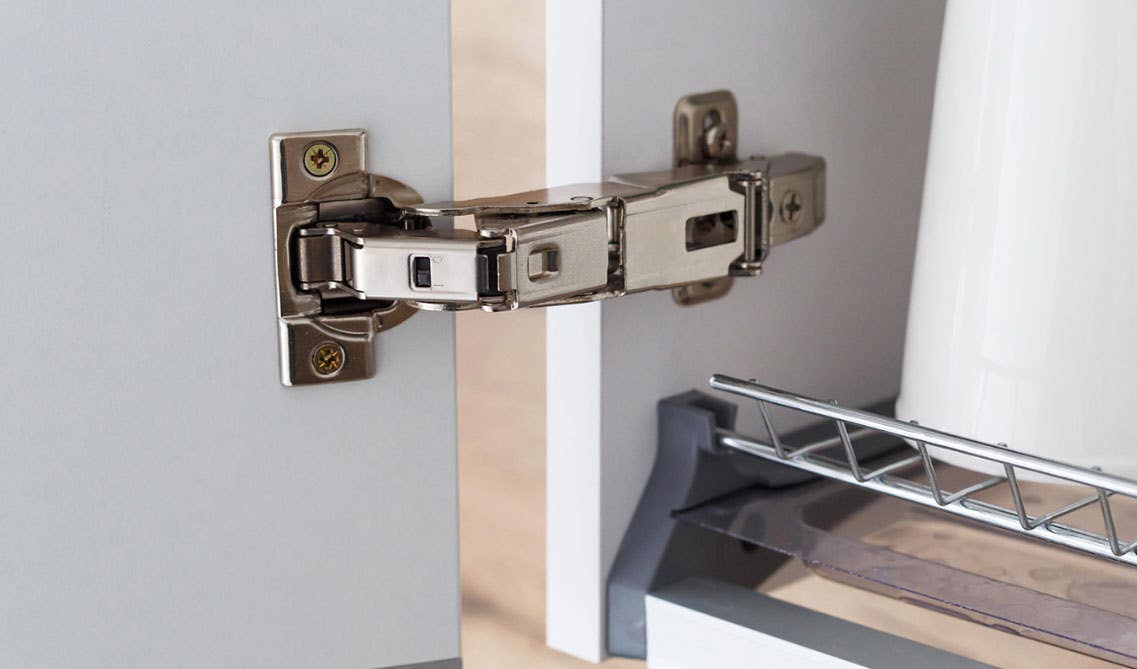
Choosing the right cabinet hinges is crucial for both functionality and aesthetics. As a beginner, comprehending various hinge types is pivotal for enhancing the operation and appearance of your cabinets. Consider your cabinet's construction and door type—whether overlay or inset doors, face frame, or frameless—before delving into hinge options. This guide delineates the ideal hinge choices for each setup, ensuring a comprehensive understanding.
Before exploring specific hinge types, acquaint yourself with essential hinge components. Concealed hinges, prevalent in kitchen cabinets, remain unseen and comprise a cup, mounting plate, adjustment screws, hinge arm, and quick-release tab. Conversely, traditional door hinges like butt hinges have visible knuckles and pins, commonly used in various cabinetry and doors. Additionally, discover convenience-enhancing features such as soft-close hinges that prevent loud door slamming and explore hinge options catering to specific spatial needs, providing a holistic insight into cabinet hinge selection.
1. Mortise/ Butt Hinges
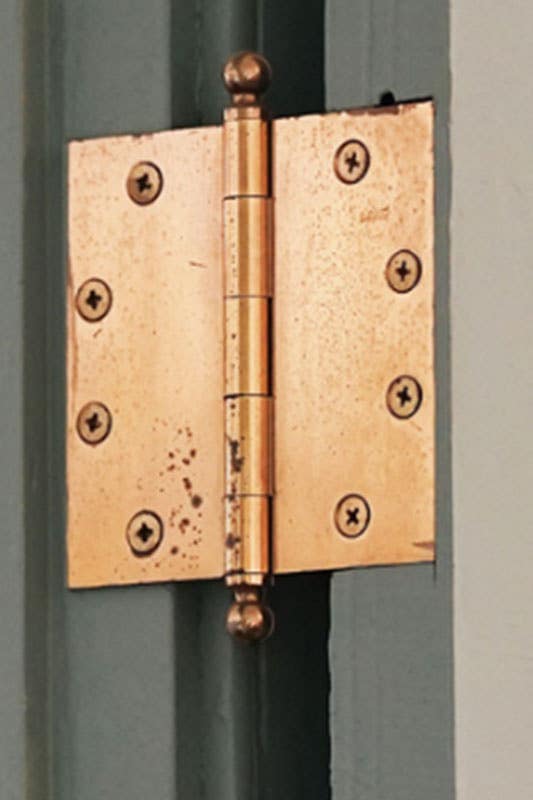
Mortise hinges, also commonly known as “Butt Hinges,” are specifically designed for inset doors where the door is set inside the cabinet frame. They require a mortise or recess cut into the door and frame for installation.
Butt hinges are one of the most common types found in cabinets. They are simple in design, consisting of two rectangular metal plates joined by a pin. One plate is attached to the door, while the other is fixed to the cabinet frame. These hinges provide a clean, flush look when the door is closed, making them popular in traditional or period-style cabinetry.
2. Overlay Hinges
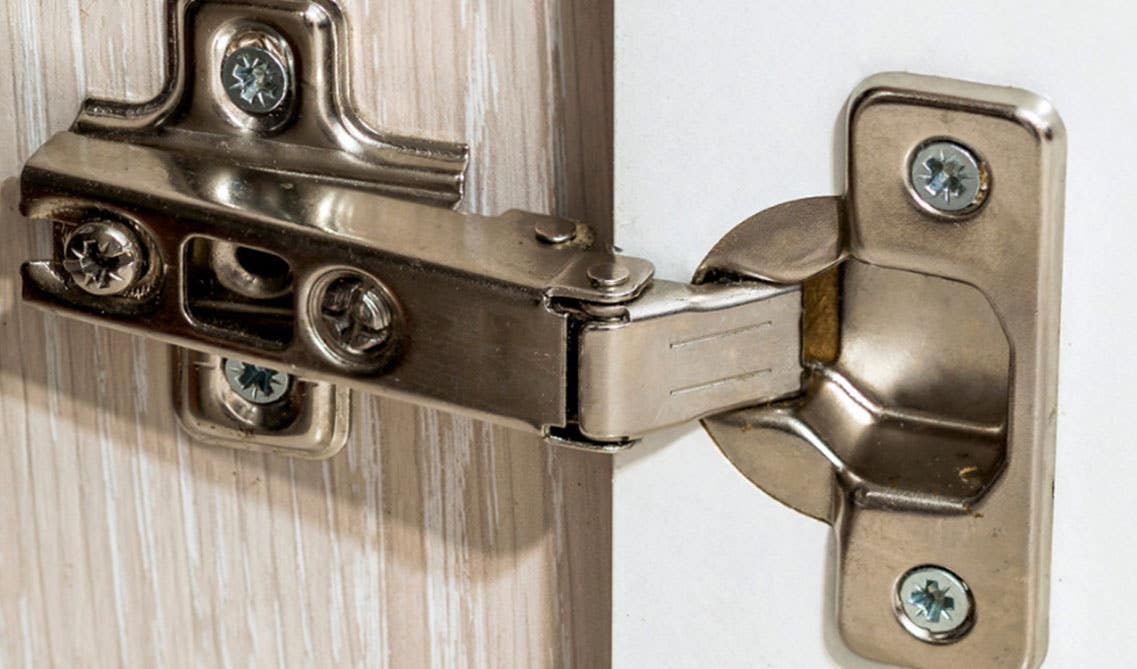
Overlay hinges are ideal for cabinet doors that partially overlay the cabinet opening. They come in various styles to accommodate different overlay dimensions. Common variations include full overlay, half overlay, and inset overlay hinges. These hinges allow doors to close completely and are often used in modern cabinet designs.
3. Concealed Hinges
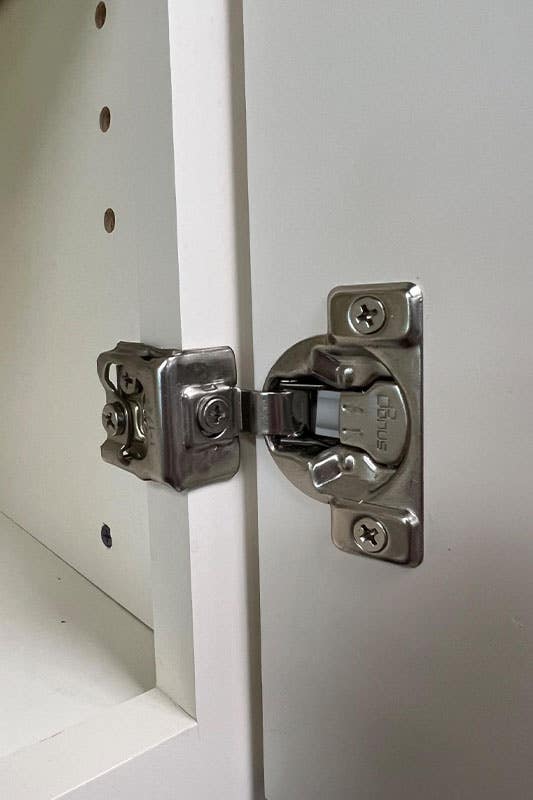
As the name suggests, concealed hinges are hidden from view when the cabinet door is closed, providing a clean and sleek appearance. They are adjustable in multiple directions, making them a popular choice for contemporary kitchen designs. Installing concealed hinges requires precision but results in a seamless, minimalist look. At Lily Ann Cabinets, we use concealed hinges on all our cabinets. This is a European style with a high-end, concealed, and slick look.
4. Piano Hinges
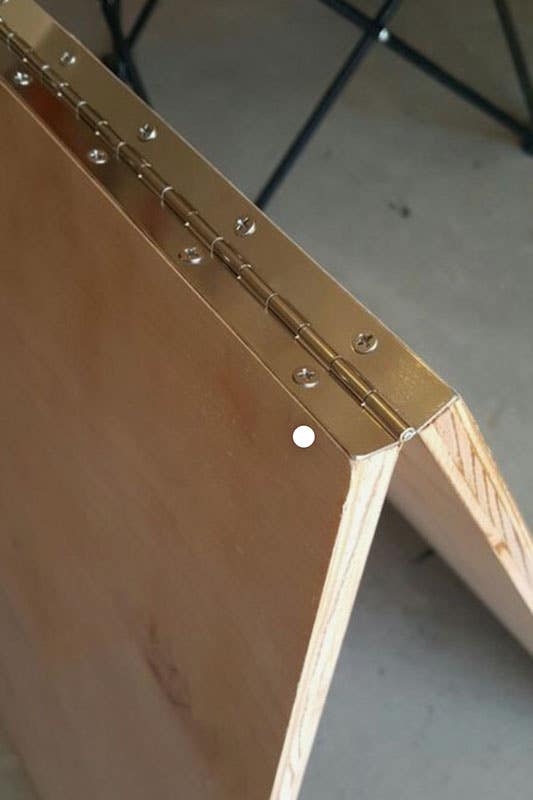
Piano hinges, often called continuous hinges, are long and run the entire length of the door. They provide robust support and are commonly used in situations where durability is crucial, like on piano lids, hence the name. While not as common in typical cabinets, they can be used for certain specialty cabinet applications.
5. Soft-Close Hinges
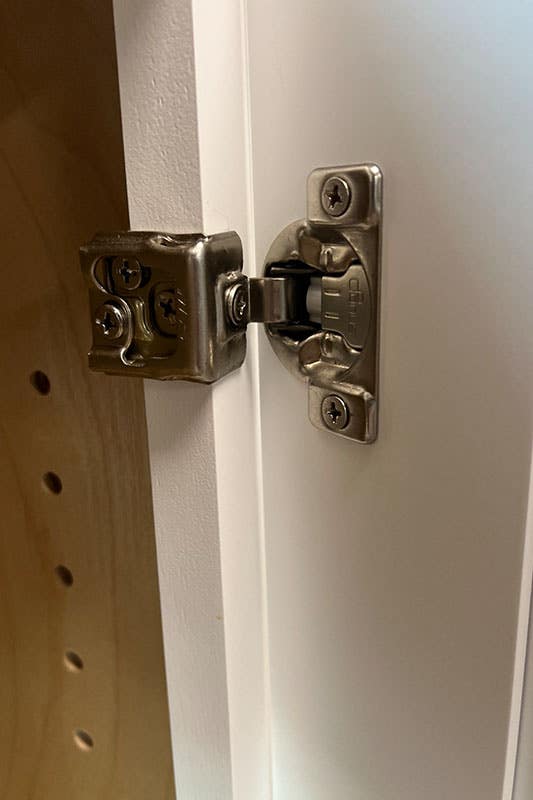
Soft-close hinges are a modern marvel that prevents cabinet doors from slamming shut. These hinges have a mechanism that slows down the door as it closes, creating a gentle, controlled movement. They are not only practical but also reduce wear and tear on the cabinet structure.
All cabinets from Lily Ann Cabinets also use soft closing hinges to avoid damage and provide long-lasting cabinets!
Understanding the nuances of cabinet hinge types empowers you to make informed decisions when it comes to cabinet design and installation. Whether aiming for a traditional, contemporary, or minimalist look, the hinge you choose can significantly impact the functionality and appearance of your cabinets.
6. Barrel Hinges
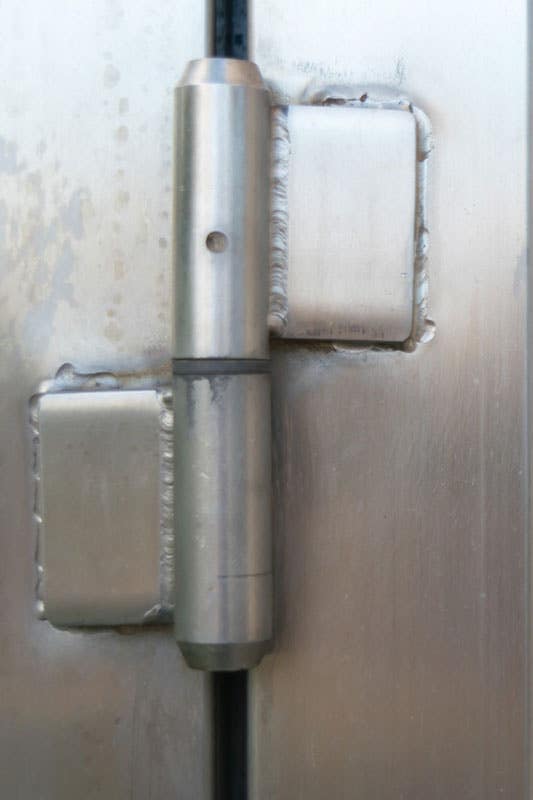
Barrel hinges, also known as cylindrical hinges, resemble a barrel in shape. They consist of two parts - a stationary outer cylinder attached to the cabinet frame and an inner cylinder connected to the door. These hinges offer smooth operation and can be a decorative element in cabinet designs.
7. Knife Hinges
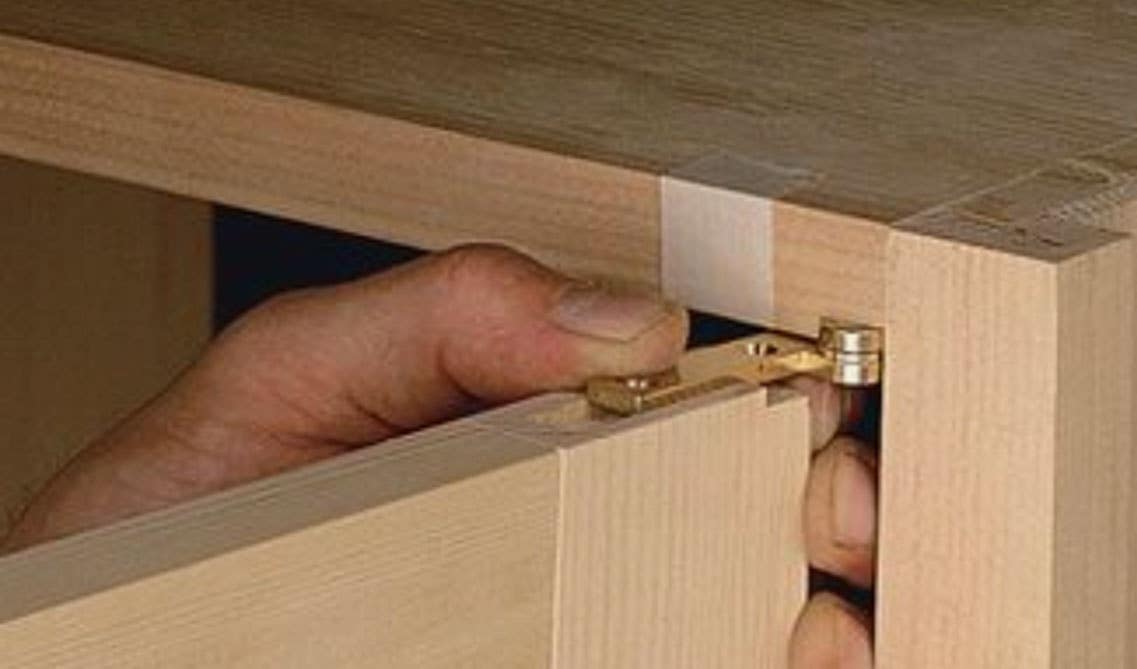 (Pinterest)
(Pinterest)
Knife hinges are distinctive due to their slim, sleek design resembling a knife blade. They require precise installation and are often used for decorative purposes in high-end cabinetry. These hinges add a touch of elegance and are ideal for cabinets where the hinge becomes a design element.
8. Bi-Fold Hinges
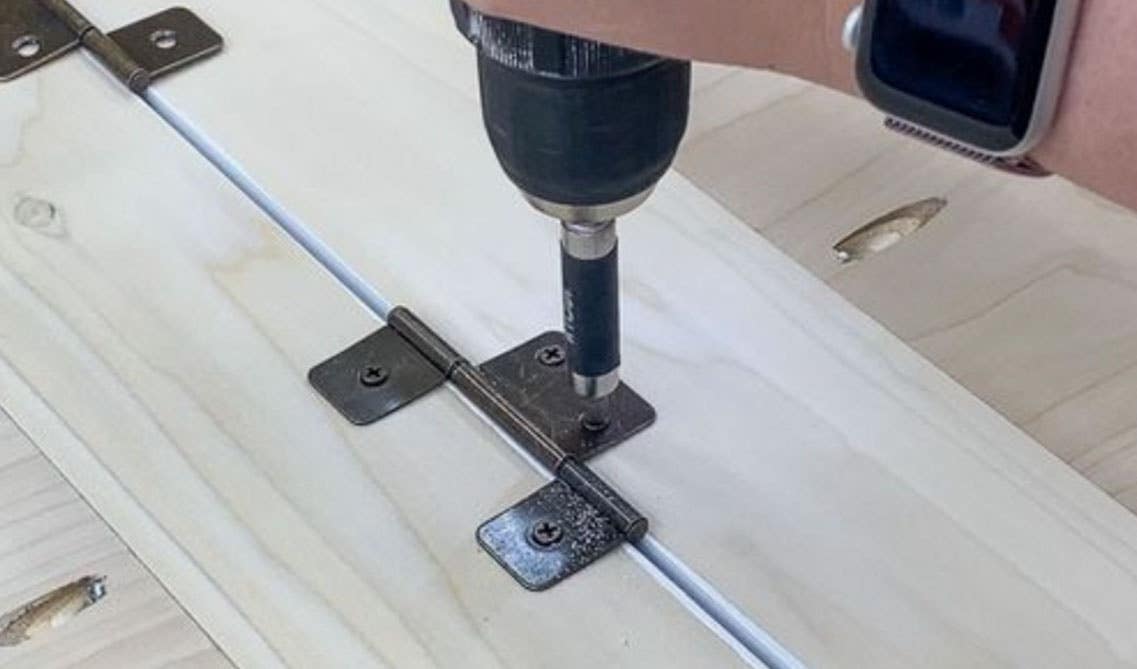 (Pinterest)
(Pinterest)
Bi-fold hinges are designed for cabinet doors that fold in the middle, commonly used in corner cabinets or cabinets with multiple doors. They allow the doors to fold and open smoothly while staying aligned, maximizing accessibility to the cabinet's contents. There are several different bifold hinges you could use.
9. Hydraulic Hinges
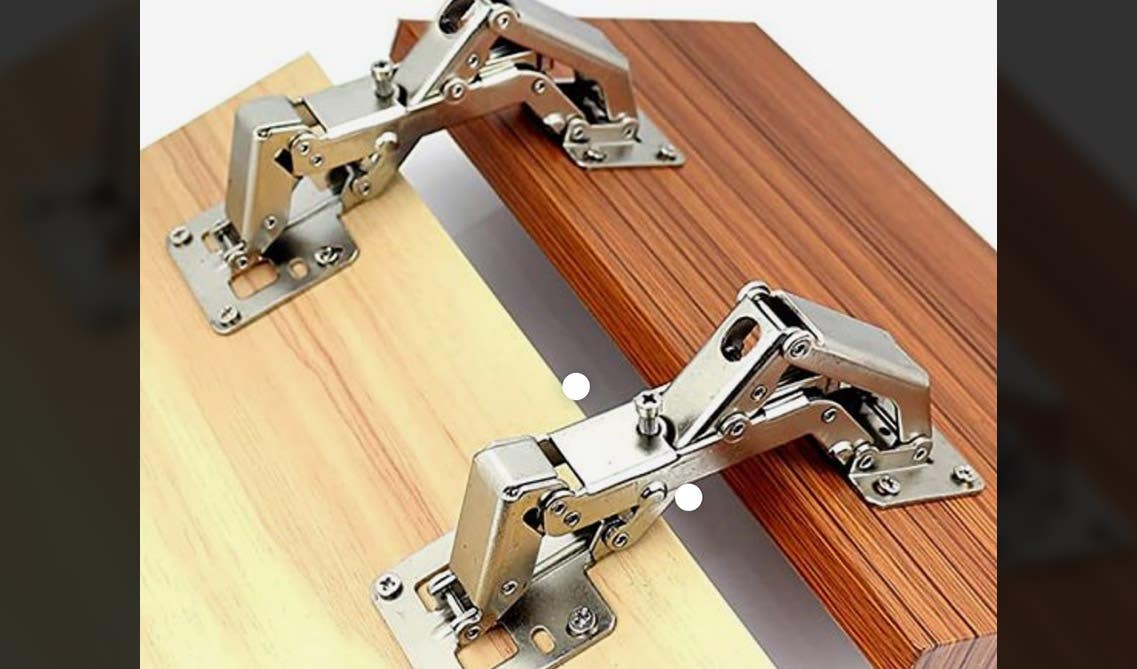 (Pinterest)
(Pinterest)
Hydraulic hinges operate similarly to soft-close hinges but use hydraulic fluid to control the door's closing speed. They offer a smooth and silent closing action and are particularly useful in high-traffic areas where noise reduction is essential.
Material and Finish
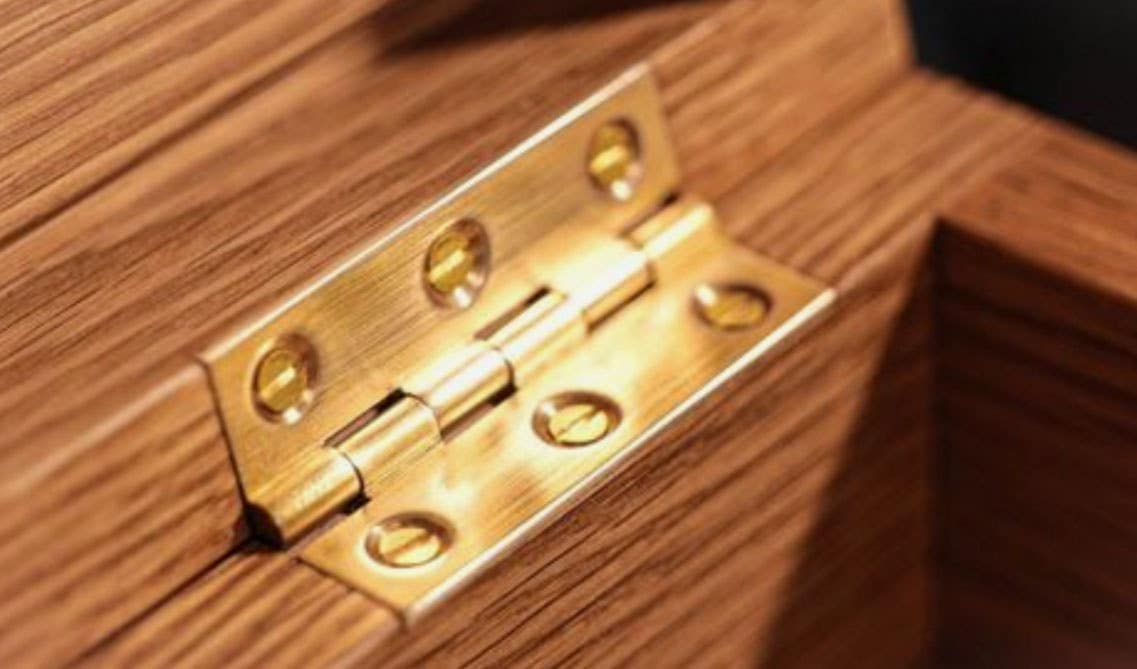
Cabinet hinges come in various materials such as stainless steel, brass, zinc alloy, and more. The finish of the hinge, whether it's polished, brushed, or antiqued, can significantly impact the overall aesthetics of the cabinet. Choosing a material and finish that complements the cabinet's style is crucial for a cohesive look.
When selecting hinges for your cabinets, consider not only the functionality but also how they contribute to the overall design aesthetic. Additionally, ensure compatibility between the chosen hinge type and the cabinet door material and weight to guarantee smooth operation and longevity.
FAQs
1. What are the different types of cabinet hinges?
Some of the most common hinge types include: Butt Hinges, Overlay Hinges, Concealed Hinges, European Hinges, Piano Hinges, Soft-Close Hinges, Barrel Hinges, Mortise Hinges, Knife Hinges, Bi-Fold Hinges, and Hydraulic Hinges.
2. How do I know what cabinet hinges I have?
To identify your cabinet hinges: Check Installation by examining how the hinge attaches to the cabinet frame and door. Next, look for visibility by determining if the hinge is concealed or exposed when the door is closed. Observe if the hinge has self-closing or soft-close mechanisms. Measure how much the door overlaps the cabinet frame or sits within it. Note any distinctive features, such as barrel, mortise, or glass door hinge styles.
3. What is the difference between inset and overlay hinges?
Inset hinges are designed for cabinet doors that sit flush within the cabinet frame, offering a seamless appearance when closed, while overlay hinges are suitable for doors that partially overlap the cabinet frame, creating a visible border around the door when closed.
Recent Blogs
Kitchen Decor
What Your Wife Really Wants for Mothers Day
Kitchen Cabinets,Wood Cabinets,Cabinet Tips,Cab...

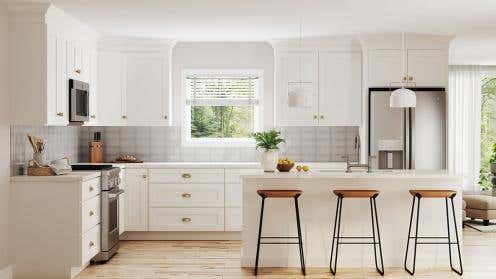
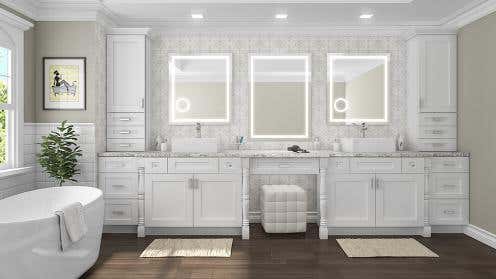
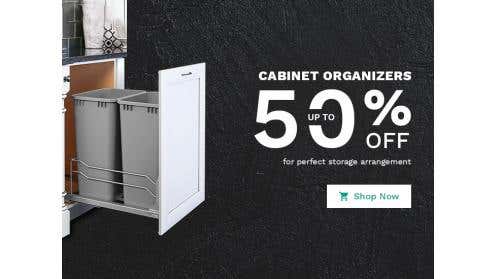
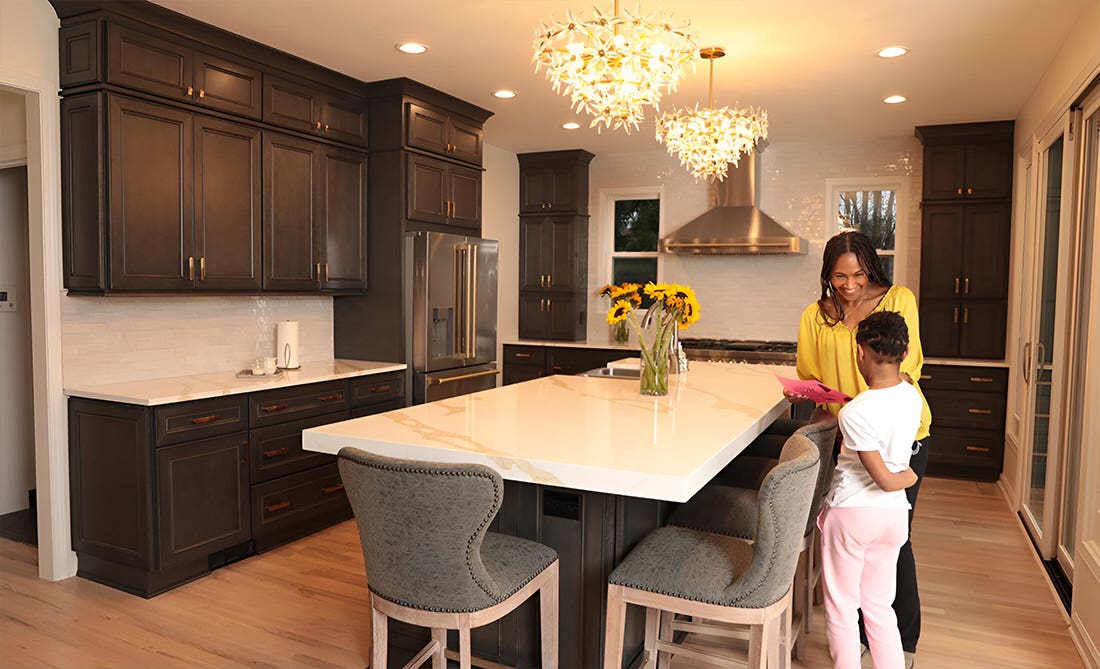
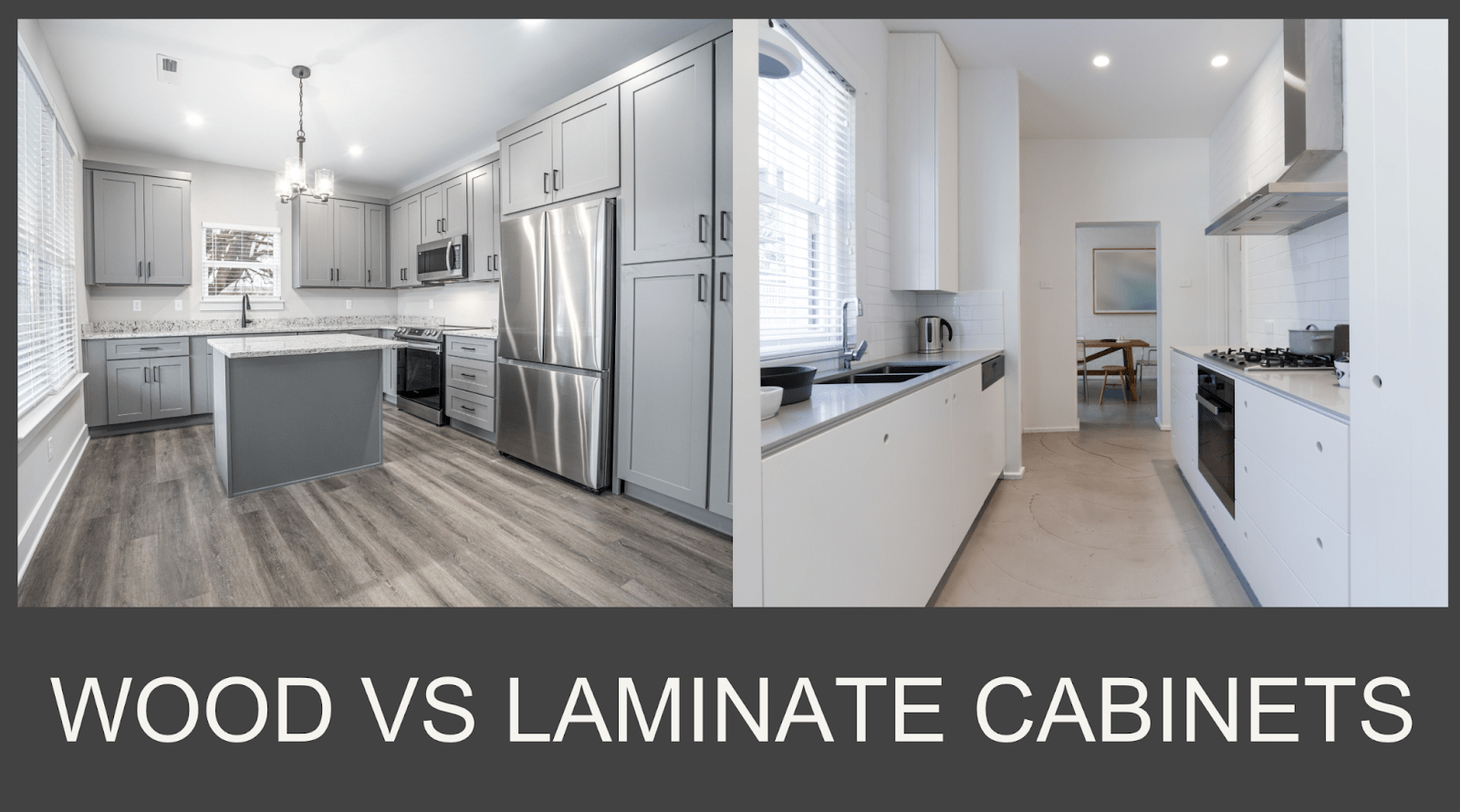
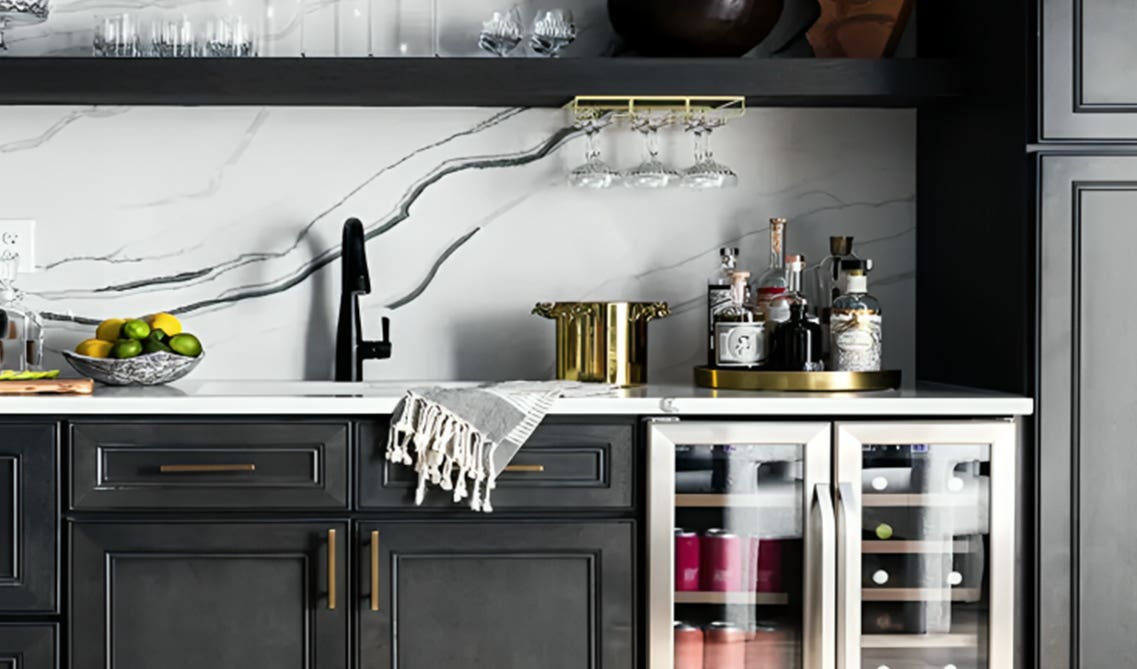
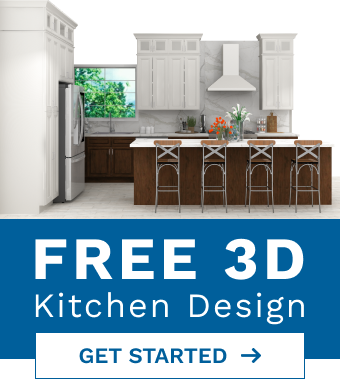

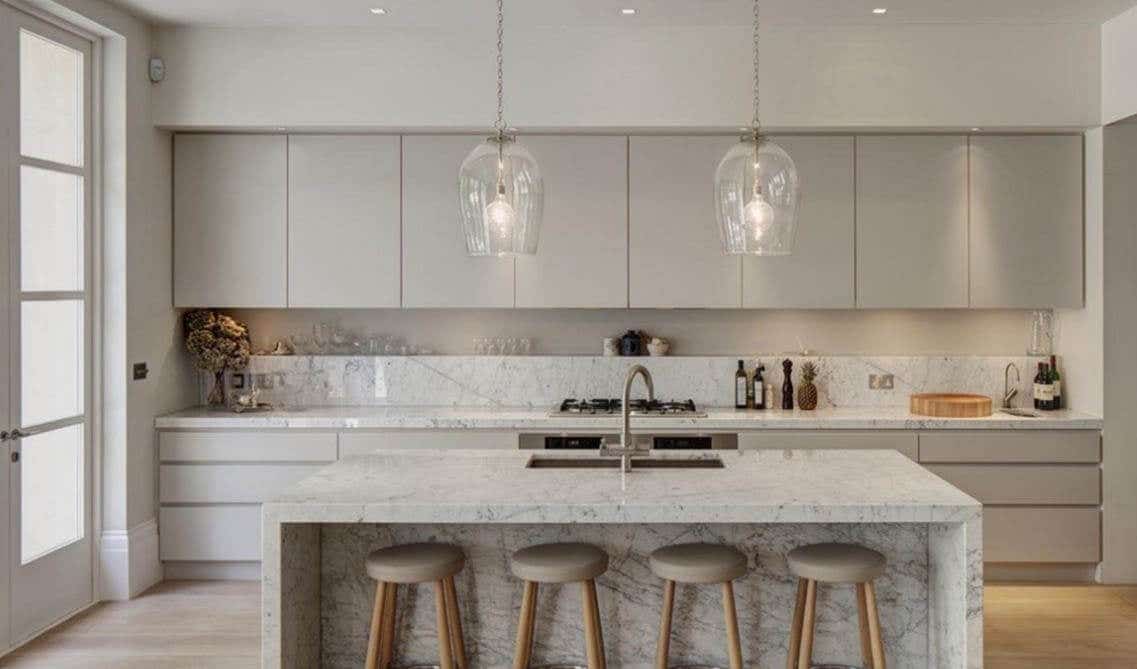
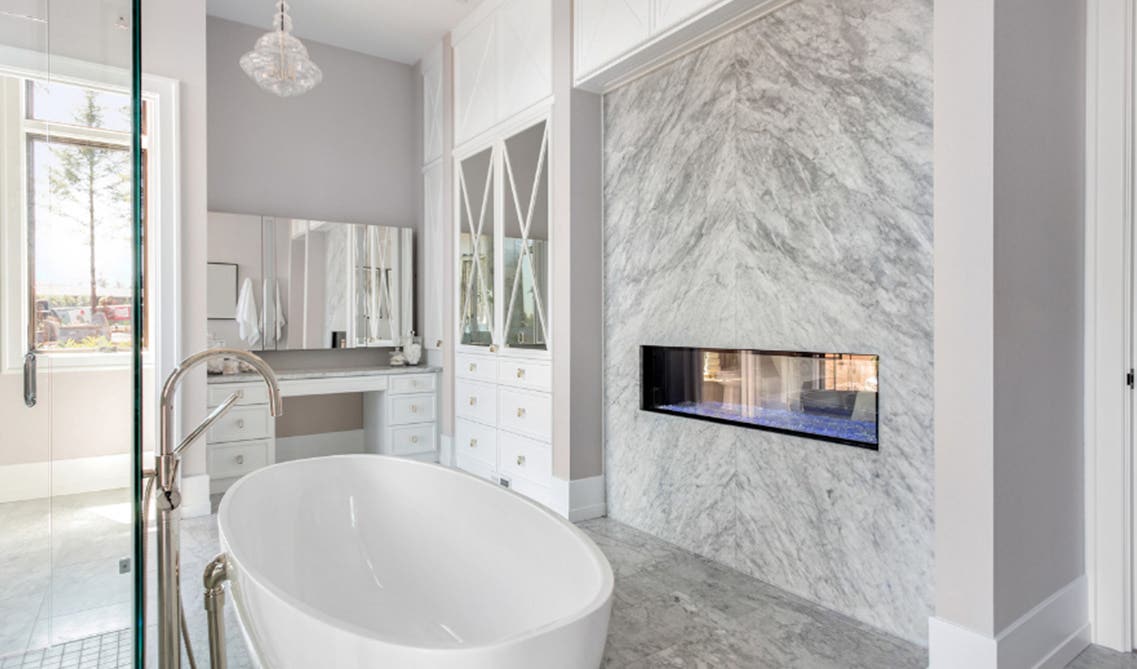
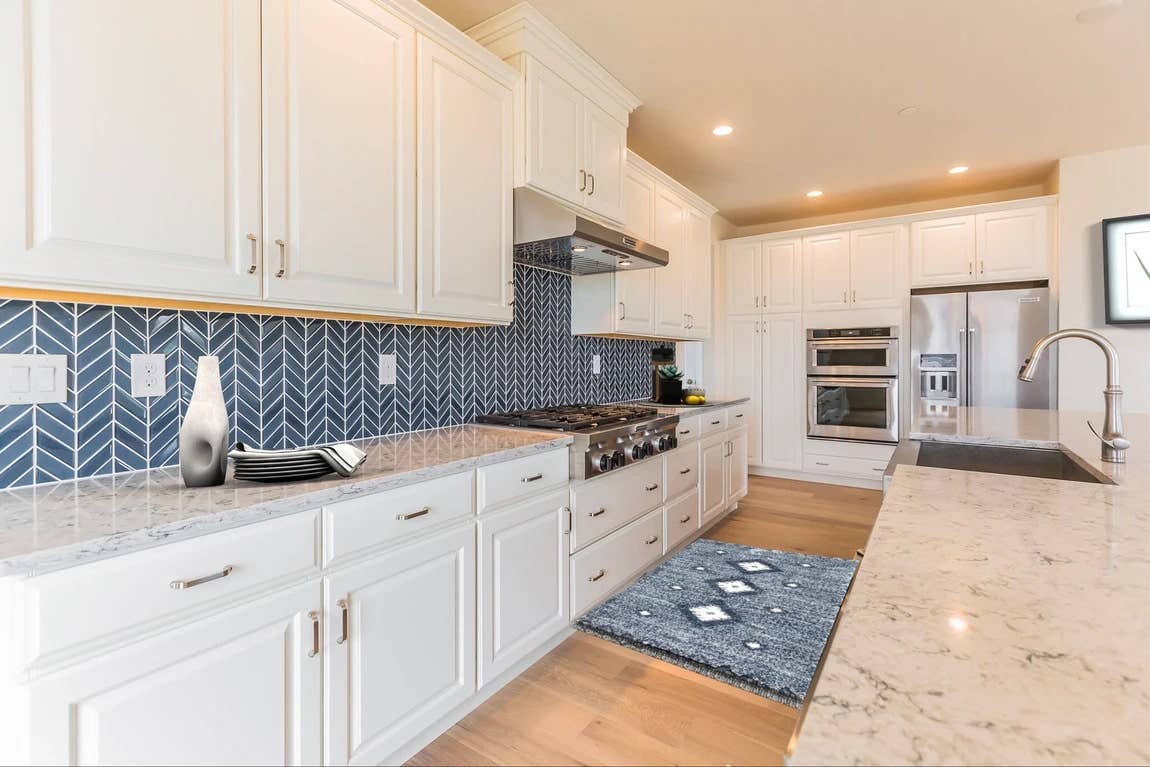
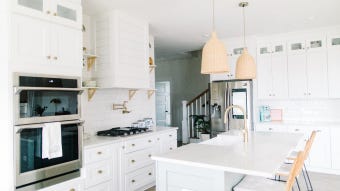
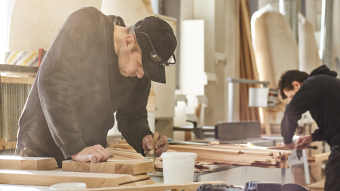

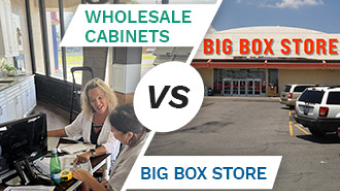
Comments